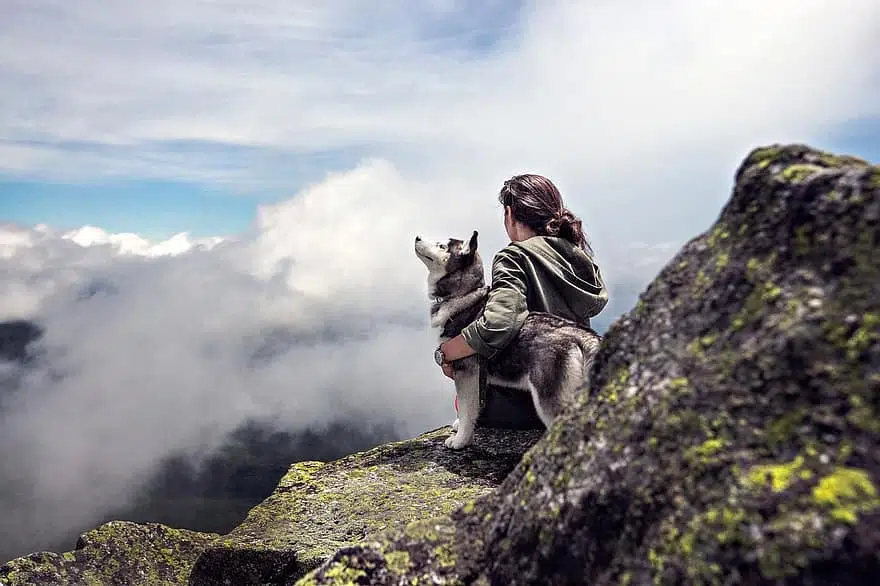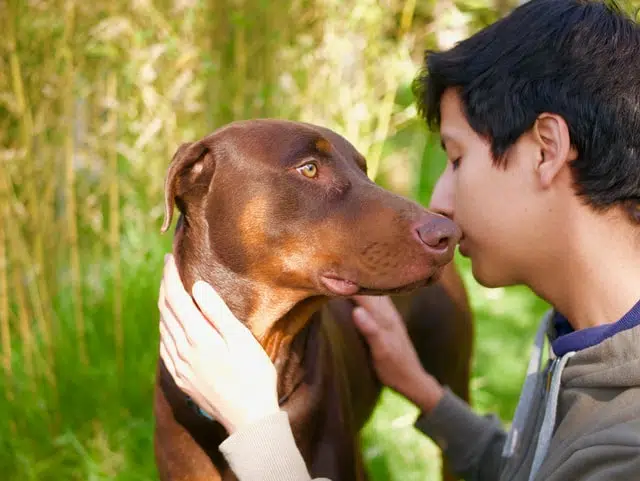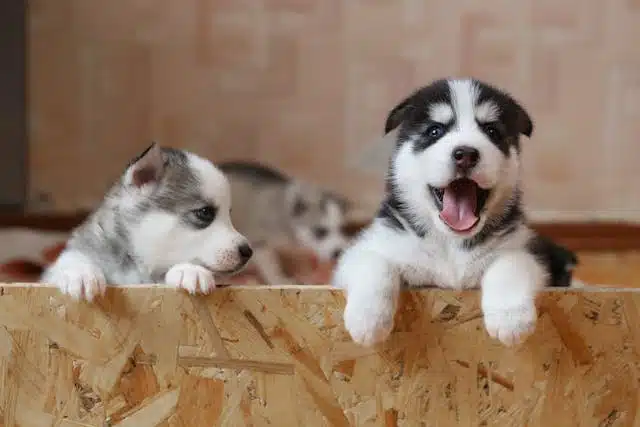Home » Blog » Pet » Pets: Understanding Them » History of Dogs: The Origin of Our Best Friend
Categories
Tags
animal welfare
breed profile
buying a car
buying a pet
Car
car accessories
car care
car features
car insurance
Car safety
car sales
car service
cat
cat behaviour
cat body language
Cat Breeds
cat food
cat insurance
comprehensive car insurance
Dog
Dog Behaviour
dog body language
Dog Breeds
dog food
Dog Insurance
dog training
eco friendly cars
Kitten
New Car
pet accessories
pet activities
Pet Adoption
pet breeders
pet days of the year
pet fun stuff
Pet Health
pet insurance
pet parenting
Pet Safety
pet services
Puppy
rescue pets
road safety
road trip
safe driving
Recent Blog:
Facebook Posts
13 hours ago
Are intestinal worms setting up camp in your dog’s gut without paying rent? Here’s how to spot the main culprits and get rid of them too:![]()
![]() Preventing, Identifying and Treating Intestinal Worms in Dogs - bit.ly/43YjCKu
... See MoreSee Less
Preventing, Identifying and Treating Intestinal Worms in Dogs - bit.ly/43YjCKu
... See MoreSee Less
Preventing, Identifying and Treating Intestinal Worms in Dogs
www.pd.com.au
Intestinal worms, such as roundworms in dogs are one of the least glamorous topics on the planet. These intestinal parasites that basically use our dogs
PD Insurance
with Dogs West.
2 days ago
We enjoyed meeting #breeders #doglovers and members at the Dogs West Open Day. Special thanks to our partner Dogs West for organising an incredible event. There is still time to enter our pawsome competition. Click here for details: bit.ly/4covyce![]() #PDinsurance #dogswestopenday #dogswest
... See MoreSee Less
#PDinsurance #dogswestopenday #dogswest
... See MoreSee Less
3 days ago
Did you know? The Manx is a breed that is known for its lack of a tail, which is caused by a genetic mutation.
... See MoreSee Less
The history of dogs is a major part of human history too because, after all, they’re our best buds. I mean, can you imagine people without dogs? Surely we’d feel like we were missing a giant piece of our puzzle!
So how exactly did it all start and when? Was it the time of hunter-gathers when the first dog licked a human’s hand (not intending to eat said person’s hand)? Or was it even earlier or much later? Could it be as far back as when Neanderthals and Denisovans still roamed, or as recent as the age of agriculture and exploration?
Because we’re just as interested in our dogs and their history as you are, we’ve decided to let the dog out the bag, so to speak.
History of dogs and humans
Dogs are the first mammal humans ever domesticated. The dog comes before farm animals and before other pets. So, it seems the longer a good friendship lasts, the deeper the bond is etched into our hearts.
Of course, cats are our best friends too. Which is why it can be a challenge to get them to co-exist peacefully (here’s why cats and dogs fight). There’s nothing better than our best buds getting on, so read about introducing a puppy to a cat.
Humans perhaps owe some of our species’ success to this lasting canine companionship. Throughout the eons, dogs have protected us and given us reason to feel stronger, safer and go for gold…or mammoths or something.
In the wilds, this could have meant the difference between a good meal and no meal, or worse, life and death. And in fact, research suggests that dogs and humans’ successful friendship comes from co-evolution. In other words, dogs didn’t just evolve into our friends, dogs and humans evolved together.
Now. when did it all happen…that’s the next question?

When were dogs domesticated?
A recent archaeological DNA study found evidence which points to dogs having been domesticated around 21,000 BC. Scientists have long known dogs evolved from an ancient wolf species, somewhere in Asia or Europe. The study found evidence that suggests the exact location is what we now call Russia.
The researchers believe that plummeting ice age temperatures at the time made food scarce. The dwindling number of prey motivated wolves to begin scavenging at human camps.
Scavenging wolves would have tried to fend off competing predators including other wolves in the hope of a better ration of leftovers. Perhaps this was also the start of the modern dog’s urge to protect us.
To this day we still use food motivation to train our perky pups. Speaking of which, here are four puppy training tips you should read.
These wolves who hunted less and spent more time around people would have gradually had the chance to grow tamer. In addition, they developed to cope with new dietary offerings. For example, dogs can process starch, but wolves can’t stomach the stuff. That’s just the way the cookie crumbles.
Some scientists now believe a ‘friendly gene’ is what separated these select wolves from the pack, morphing them into dogs. Here’s why…
Similarities and differences between dogs and wolves
In terms of problem-solving abilities, there’s not much difference between dogs and wolves. What sets dogs apart, even from tame wolves raised in captivity, is the dog’s affection for humans.
Research suggests dogs have a ‘friendly gene’ mutation that makes them hyper affectionate and well adapted to picking up our social cues.
It’s thought this genetic variation is what set some wolves apart from others, helping them become domestic dogs. The same study looks at how a similar genetic variation occurs in some humans causing them to be hyper friendly and trusting.
Could there be a link between this type of genetic mutation (called Williams-Beuren syndrome in humans) and why dogs are so friendly? It’s an exciting question we’ll leave to the scientists to answer in time.

Domestic dog breeds
Nowadays there are as many as 215 domestic dog breeds. But they’re essentially all the same animal. As hilarious as it sounds, a Pug, a Poodle and a Labrador all share the same DNA. The only real difference is selective breeding within a smaller gene pool.
So, while a mutt and a pedigree are both dogs, the difference lies not in their genes, but in the size of their gene pool. Find out more by reading about purebred dogs and how to tell if a dog is purebred.
Dog insurance
While dogs have evolved to live in human environments, they do sometimes still need a little TLC – from non-routine vet visits to prescribed medication and unforeseen accidents and hospitalisation. So, get your pooch a dog insurance plan to help you pay these bills and reduce your worries.
History of dogs – over to you
Does your dog still display wild behaviour (like chewing strange things)? Tell us about the funniest, strangest or friendliest antics your pooch gets up to, and share a pic with us on Facebook.
Share On:




